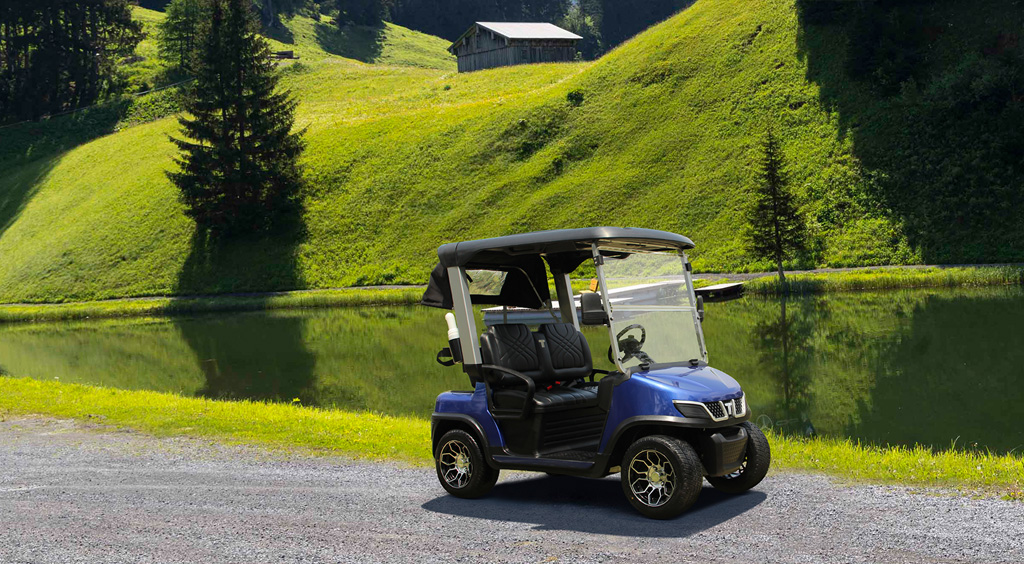
Electric golf carts are gaining popularity due to their environmental friendliness, quiet operation, and low maintenance requirements. These vehicles are not only used on golf courses but also on a variety of other occasions, such as residential complexes, resorts and campus environments. This article primarily focuses on the basic components of electric golf carts to enhance understanding of these vehicles.
Chassis and body
The chassis of an electric golf cart typically consists of a steel frame or aluminum structure to provide strength, durability, and support for the vehicle components. The body panels of modern golf carts may be made of lightweight materials such as fiberglass or high-impact plastic, helping to improve overall durability while keeping weight to a minimum.
Motor drive system
The heart of the electric golf cart lies in its motor drive system. These components propel the vehicle forward and provide the necessary torque for navigating slopes and rough terrain.Most electric golf carts are equipped with direct current (DC) motors, but some high-performance models may be equipped with alternating current (AC) motors to improve efficiency and power output. The motor is connected to the drive system, which consists of a differential mechanism, shaft, and transmission (in some models) to transfer power from the motor to the drive wheels. In addition, the electric golf cart can also use advanced features such as regenerative braking to capture and store energy during deceleration, improving overall energy efficiency.
Battery and Power Management
Electric golf carts are powered by rechargeable batteries, typically deep-cycle lead-acid batteries, lithium-ion batteries, or advanced colloidal batteries. The battery pack is a key component that directly affects the range, performance, and life of the vehicle. Advances in battery technology have led to the development of battery solutions with higher energy density and longer life, enabling electric golf carts to travel longer distances on a single charge. The sophisticated onboard power management system regulates power distribution to the motors, accessories, and lighting, thereby ensuring efficient battery usage and prolonging its lifespan.
In addition, the electric golf cart is integrated with an intelligent charging system with an automatic power-off feature for easy and safe charging. The electronic controller is the brain of the electric golf cart, controlling the speed, acceleration, and regenerative braking of the motor. This controller monitors various vehicle parameters and interacts with input devices like the accelerator pedal, brake pedal, and steering wheel, ensuring precise control and a smooth driving experience.The controller can also be connected to vehicle instrumentation to provide real-time data on battery status, speed, and diagnostics via digital displays or dashboard indicators.
Suspension and steering
The suspension and steering systems of the electric golf cart are designed to provide a comfortable and stable ride while ensuring responsive handling. Independent front suspension, leaf spring or spiral suspension, and hydraulic shock absorbers are common features that contribute to a smooth, controlled driving experience. Rack-and-pinion or recirculating ball steering systems offer precise and effortless handling, enabling easy maneuvering through tight spaces and around obstacles
conclusion
The electric golf cart is a harmonious blend of advanced technology, ergonomic design, and efficient propulsion systems. The basic building blocks of these vehicles include important components such as chassis, electric motors, batteries, power management, controllers, and suspension systems, all of which work together to provide reliable, environmentally friendly, and enjoyable transportation for golfers and recreational users.With the ongoing evolution of the automotive industry, electric golf carts are poised to benefit from advancements in battery technology, motor efficiency, and digital control systems, further boosting their performance and versatility in the years ahead.
Post time: Dec-15-2023






